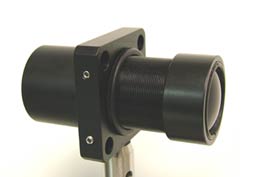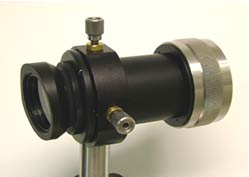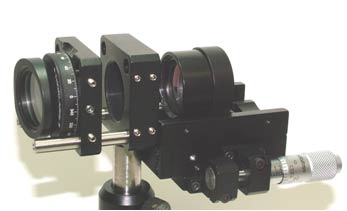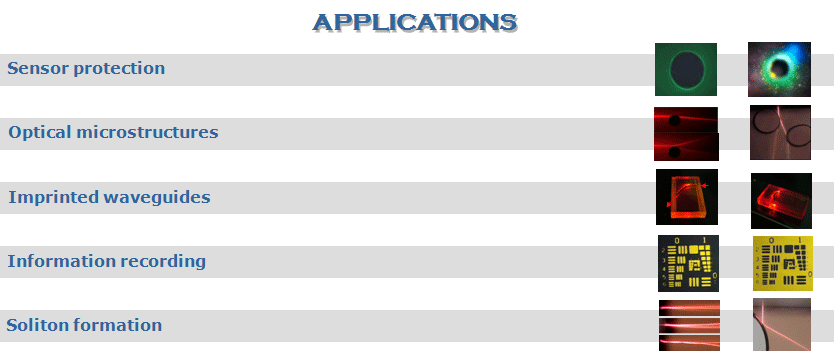
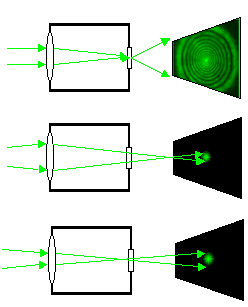 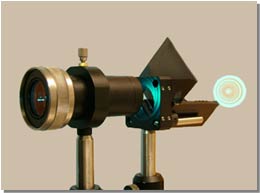 |
The X-Collimator has been developed for testing collimation of laser beams and quick alignment of optical systems to get the best collimation.
The device outputs a strongly diverging beam with typical pattern consisting of
a number of concentric rings. Both the divergence and the number of rings are maximum when the best collimation is obtained. Simply observing for the changes in the divergence of the beam at the output of the device while aligning lenses allows achieving the best collimation of a system of lenses within seconds.
The X-Collimator also allows visual monitoring and evaluation of divergence, quality and
peak power density of laser beams.
|
||||||||||||||||||||||||


